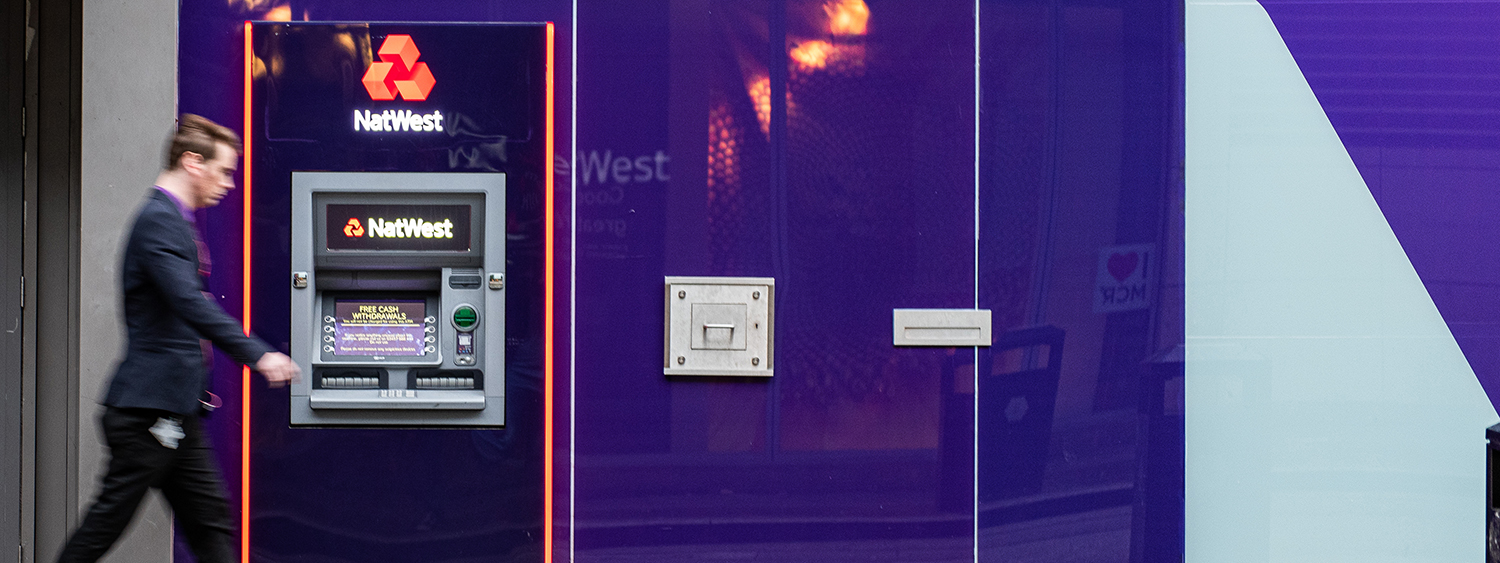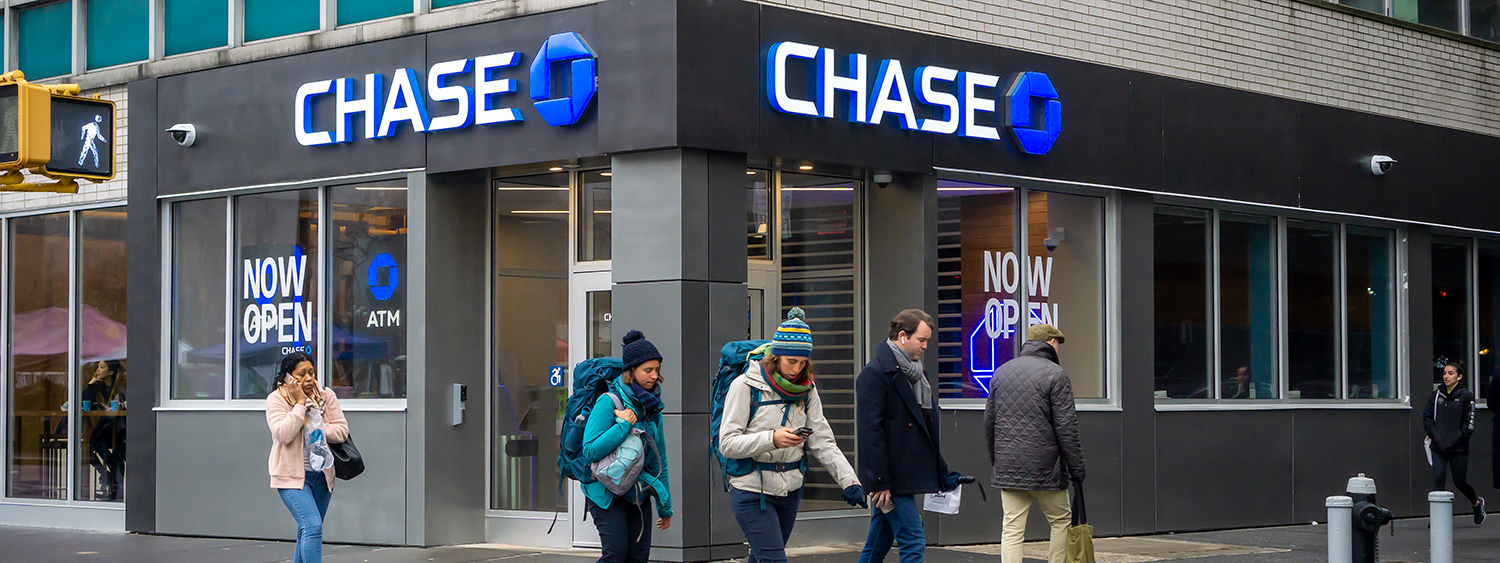A recent survey by Maeil Business Newspaper highlights a significant shift in South Korea's banking landscape, with major commercial banks experiencing a 20% decrease in branches over the past five years. KB Kookmin, Shinhan, Hana, and Woori Bank collectively saw a reduction of 709 branches by the end of last year, marking a decline of 614 larger branches to a total of 2,628.
KB Kookmin Bank led the trend with 254 closures, followed by Shinhan Bank (165), Woori Bank (163), and Hana Bank (127). Additionally, the number of automated devices like ATMs and CD machines also decreased significantly, reflecting the rise of online banking services.
While digitalization promises efficiency, concerns arise over reduced accessibility for vulnerable groups like the elderly. To address this, financial authorities introduced measures last year to regulate bank store closures.
The workforce composition of banks has also shifted, with a collective decrease of 4,165 executives and employees at KB Kookmin, Hana, and Woori Bank over the past five years. Despite workforce reductions, Woori Bank saw a 23% surge in the average annual salary last year, reaching 112 million won.
As digital financial markets expand, banks are prioritizing digital transformation initiatives to remain competitive. While these changes reshape the banking landscape, ensuring accessibility for all remains a crucial consideration amidst the evolving digital era.








